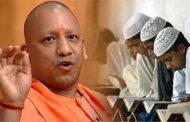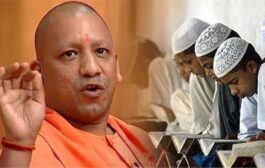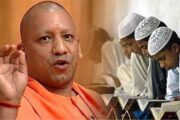Arun jaitley and Modi-1 squandered the windfall that low oil prices gave them. They also missed steps to stabilise the economy. That leaves Nirmala Sitharaman to face the music and be a scapegoat

This is not a good time to be the Finance Minister of India. The BJP government may be back in office with a resounding win and the world expects Ms Nirmala Sitharaman to wave the magic wand and fix everything but the problems run too deep. Forget the 5 trillion-dollar economy dream, India would be lucky if it just about manages to stay on track.
The BJP would like us to believe that the big electoral win came because of strong economic growth but five key economic indicators show that not only is the economy in a mess, it would need an emergency response for us to get out of the mess that we find ourselves in. It is slowly reaching a point where no amount of headline management would be able to help.
Investments in new projects are a 15-year low, roughly at the same levels at the time when Manmohan Singh took office and led India to one of its highest growth periods. The Mint reported: “Indian companies, across both private and public sectors, announced new projects worth Rs 43,400 crore in the June 2019 quarter, 81% lower than what was announced in March quarter and 87% lower than the same period a year ago.” The decline is the sharpest in the manufacturing and power sectors where the stalling rates have gone beyond 20%.
Unemployment rate has touched a 45-year high and figures by Centre for Monitoring Indian Economy (CMIE) had touched 8.1 per cent as of June 25, 2019, softening marginally to 7.8%. With investments at a 15-year low, it does not likely that young India is going to get any respite soon enough.
GST collections have fallen below the Rs 1 lakh crore mark in June. Growth in GST collections has come down from 6% in May 2019 to about 4.5% in June. This is an indicator of the fact that consumer spending is on the decline and considering the overall mood in the economy, things are not going to look up anytime soon.
Auto sales continue to decline, a double-digit decline for the third month in a row. The data for the last three months show a decline of 19% in June, 20.5% in may and 17% in April. This is now leading to a cut in production and if things continue like this, we might see job losses in the sector in the near future. This is not good news for millions of youth who are wanting to come into the job market.
Rural distress is real and it could get worse if the monsoons remain below par. Tractor sales are down by 19% in June, indicating serious problems in the farm sector. Reports indicate that growth in the tractor sales is going to be subdued even in the case of normal monsoons and have been essentially caused by low farm prices. Agricultural growth rate in 2018-19 has come down to 2.7% from 5% in the 2017-18 and this indicates that rural India is under distress and this problem could only get worse if monsoons are below normal and a deficit monsoon looms large, 33% deficit in June.
Monsoon rainfall has been short by almost a third in June, which is the worst in the last five years. As of now, 28 of the 36 sub-divisions have received deficient rainfall. Unless things pick up in the next two months, we are going see serious problems in rural India, which is already under acute stress. This means higher payout under PMFBY and additional measures to counter rural distress at a time when tax collections don’t look good. In short, serious problems ahead unless the weather Gods decide to be kind.
If you put the numbers together, the narrative is as follows: five years of economic adventurism have hurt consumption, rural India is under acute distress, poor and middle class India are finding it difficult to get, anything that is not urgent has been put on the backburner. Economists would like to believe that demand would pick up if interest rates are brought down but there is no evidence to show that this might be the way out.
The problem with Ms Seetharaman is that she knows more about the economy than Shri Arun Jaitley but it seems unlikely that she has the political mandate for a long-term plan to revive the economy. That is a luxury that Arun Jaitley had but Modi 1 lacked the understanding to have a long-term vision.
Ms Seetharaman does not have the luxury of time. She has taken office at a time when things are heading south and the state of the economy is worse than it seems. The economy could get into a massive negative spiral if the government does not get its act together.
Her time starts now.
source: NH







































